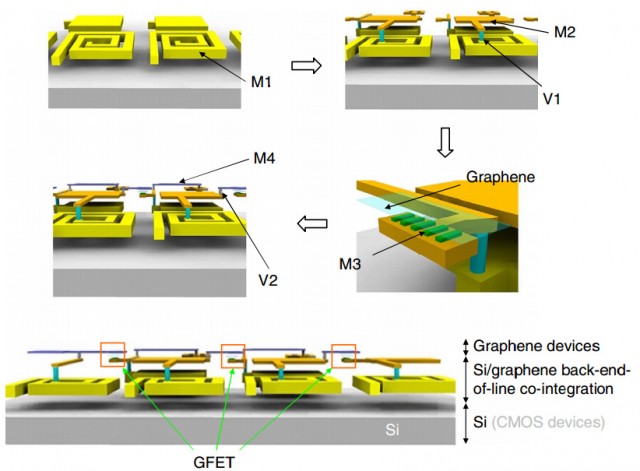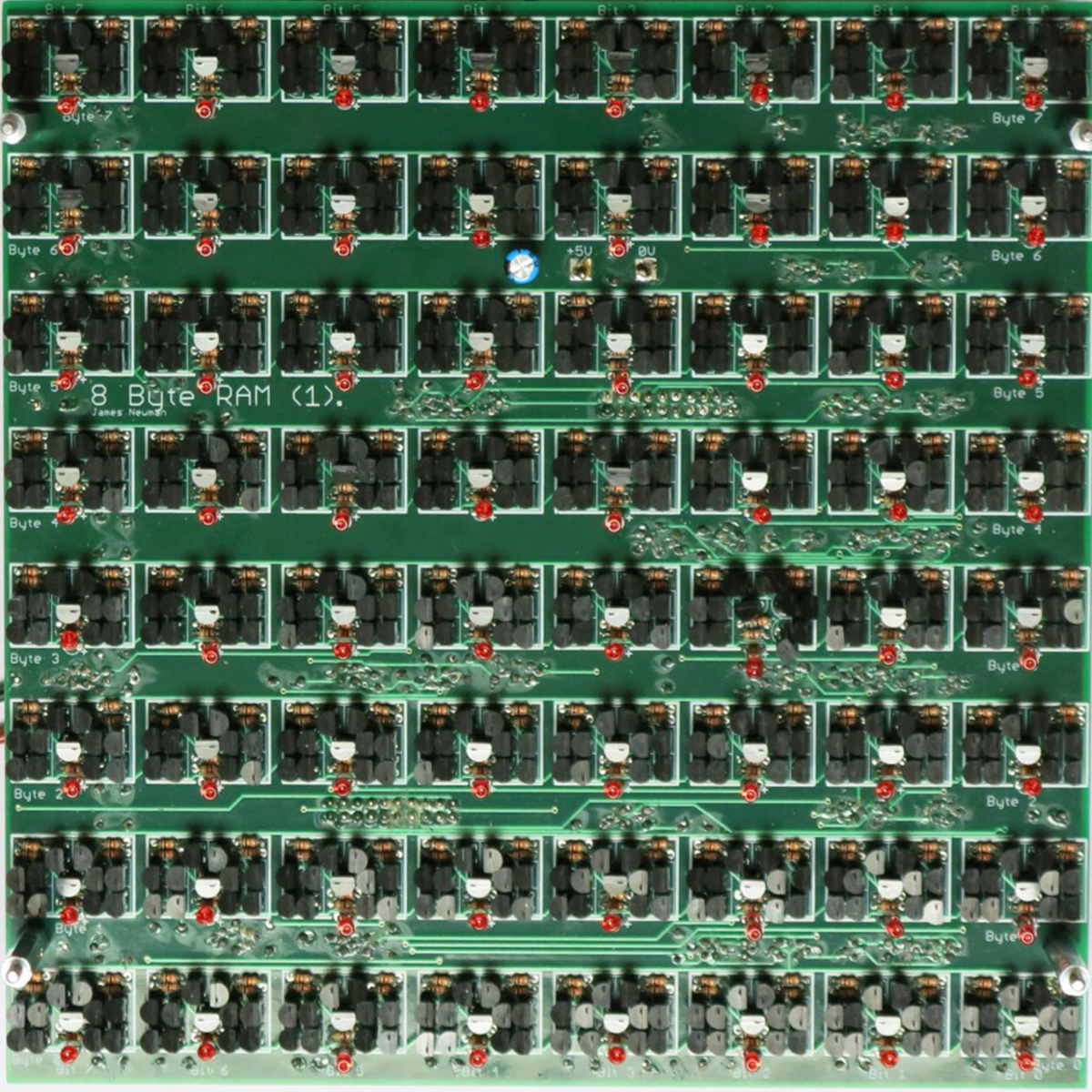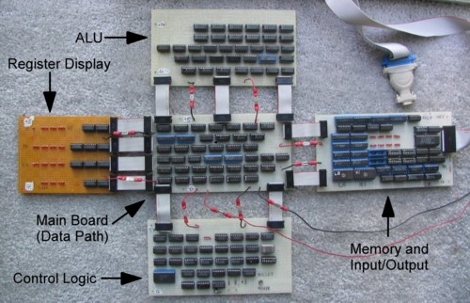
Smaller processes generally have more chips binned at lower clock speeds since making a “perfect” chip is more challenging. Some chips won’t be able to run at top speed, and these chips will get “binned,” or labelled, as chips with lower clock speeds or smaller caches. As transistors shrink, it becomes harder and harder to make chips that run at the highest possible clock speed. What is the downside of a smaller process size? Developing a new process does require major investment, but after that cost is recovered, per-die costs drop significantly. This leads to an increase in manufacturing efficiency, reducing fabrication costs. And if die size is smaller, more dies will fit on a single silicon wafer.

A smaller process size will create a smaller die size. A single wafer will typically contain dozens of processor dies. Chips are made on circular wafers of silicon, like the one above. Smaller chips are also less expensive to make. A chip with lower dynamic power consumption will drain batteries more slowly, cost less to run, and be more ecologically friendly. And transistors that turn on and off with less energy are more efficient, reducing the operating power, or “dynamic power consumption,” required by a processor. The faster a transistor can toggle on and off, the faster it can do work. And if you’re trying to make a better chip, that’s perfect.

Smaller processes also have a lower capacitance, allowing transistors to turn on and off more quickly while using less energy. So if you’re trying to speed up a chip or add new features, there’s a strong incentive to shrink the size of its transistors. This is thanks to increases in computational parallelism and cache sizes. And the more transistors you can fit in a given space, the greater processing power you’ll have. If you shrink all parts of a transistor equally, the electrical properties of that transistor will not change. This provides some major benefits as well as a couple downsides. This means that more transistors can be crammed into a smaller physical space. As a result, fabricators can make transistors and other components smaller. The smaller the process, the greater the resolution that can be obtained. For example, on Intel’s current process, the smallest possible element is 14 nanometers, or 14nm. Imagine it like this: If a processor’s design is a digital image, the size of one “pixel” would be the process size. The size of the process node, measured in nanometers, describes the size of a processor’s smallest possible element. It’s about how the chip gets made, not what it can do.

In this context, “process” is used to describe the fabrication process rather than the computer’s processor.


 0 kommentar(er)
0 kommentar(er)
